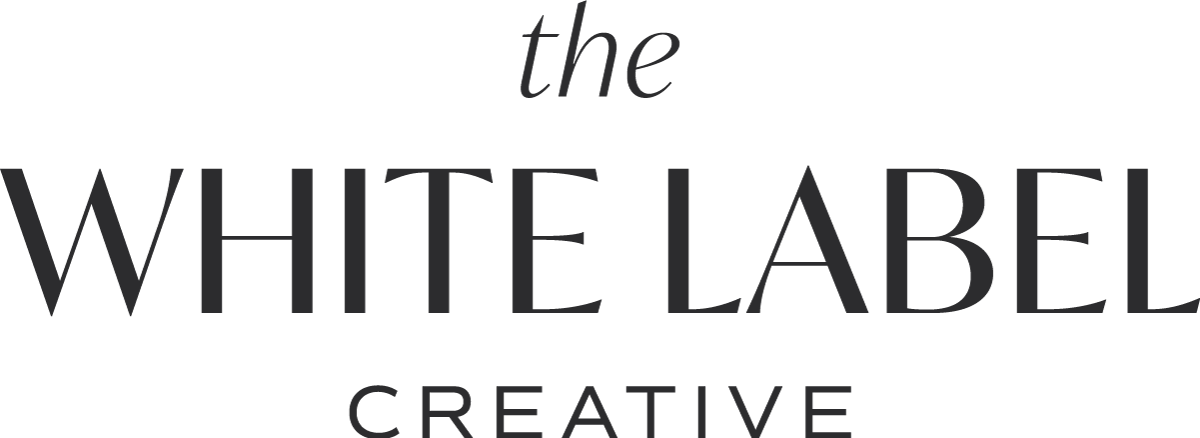LinkedIn is the largest, most active social networking site for professionals, with a userbase of over 562 million users across 200 countries and territories. LinkedIn allows individual users to create and maintain their professional identity and relationships, network with peers, search for jobs, post resumes, record work experience and accomplishments, and more. But many businesses don’t realize it can also be a valuable marketing tool. If you’re a new business, or a LinkedIn novice, the following tips will help you develop a LinkedIn Company Page and optimize it for market exposure, lead generation, and thought leadership.
Marketing and Lead Generation on LinkedIn: Best Practices
LinkedIn Provides a number of useful guides and statistics to ensure you have all the information you need to establish a successful company presence on their site. Here are some of the most important.
Complete Your Page
LinkedIn’s Best Practices page reports that companies with completed profiles get 30% more weekly views[1]. But merely ensuring your Company Page is complete isn’t enough to make it really stand out among the other 13 million companies competing for your clients and customers. For a completed Company Page that really shines, here’s what you’ll need:
- Company Logo and Banner: People say first impressions are the most important, and in this case the numbers agree; the profile image is the first thing people will see when they search the site, and Company Pages with profile pictures get six times more visitors than those without[2]. You’ll want to ensure that your profile image matches the company logo or image you use on your website, social media, or other online presence, and that it adheres to LinkedIn’s profile image specs (otherwise, it might look blurry, or pieces may be cut). As for the banner image, in addition to hitting the required specs, you’ll want an image that complements your profile picture, and captures your brand.
- Company Overview: This is where your SEO knowledge will come in handy. Users search by keywords, so your overview should provide a clear description of your company’s mission and values while utilizing SEO keywords and phrases in the first 150 characters. You only have 2000 words here, so keep it clear and concise. And, if you have room left over, add some extra keywords at the end—specialties, services, etc., which will bump your page up on users’ search results.
- Organization Info: LinkedIn will lead you through the setup, ensuring you don’t miss anything by mistake—just make sure you fill in every field, and that your information is accurate and up to date.
Create Compelling Content
In addition to creating your Company Page, you can also create Showcase Pages which function as tailored news feeds on specific aspects of your organization. Each of these will have its own separate followers, though, which will be separate from your main Company Page. On the plus side, this means you can create customized, targeted advertising which will all lead to your business. The downside, though, is upkeep. LinkedIn’s best practices page reports that companies that post weekly gain followers six times faster and see a 2x lift in engagement[3], but if you have Showcase Pages, you’ll need to post on each of these weekly, which can really add up. If you can manage it, though, this is an excellent way to gain market exposure and generate leads, because followers can share content they like on their own pages and on social media.
And, you’ll have access to analytics, so you can see what content is most successful. High-performing content should be clear and concise, with clean, simple images – posts with images get 2x the comments – and hashtags. It’s probably a good idea to establish a single person who is in charge of content and posting, to ensure that voice, style, and topics are consistent. Building up a follower base with relevant, regular, targeted content is the best way to increase brand visibility. The more regularly you post, and the more followers you have, the higher you’ll end up in users’ search results.
Thought Leadership – Content Tips and Strategies
Your content is a great way to establish thought leadership, as well. LinkedIn reports that thought leadership has a stronger influence on sales than most marketers realize, and that influence is growing steadily[4]. So, establishing thought leadership in your industry is becoming more and more important for business growth.
Posting useful, informative articles builds trust in your brand and establishes credibility. It’s a great way to show your followers that your company is relevant and on top of industry trends. To build a reputation for thought leadership, though, you’ll want to stay away from pitch articles and purely promotional material. Instead, your content should be informative. For example, you might provide insight on current industry trends, or your company’s perspective on industry conversations. Nearly 60% of decision-makers say that half of the thought leadership they encounter does not provide valuable insights[5]. Posting regular, relevant information positions you and your company as an industry expert, and cultivating that reputation is a surefire way to establish thought leadership.
[1]https://business.linkedin.com/marketing-solutions/linkedin-pages/best-practices
[2]https://business.linkedin.com/marketing-solutions/linkedin-pages/best-practices
[3]https://business.linkedin.com/marketing-solutions/linkedin-pages/best-practices
[4]https://business.linkedin.com/marketing-solutions/b2b-thought-leadership-research
[5]https://business.linkedin.com/marketing-solutions/b2b-thought-leadership-research/leadership

